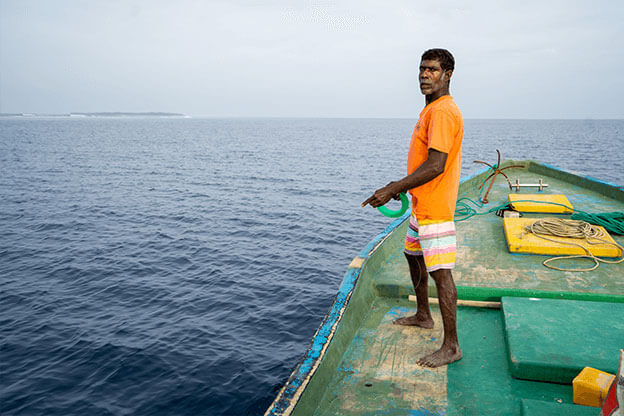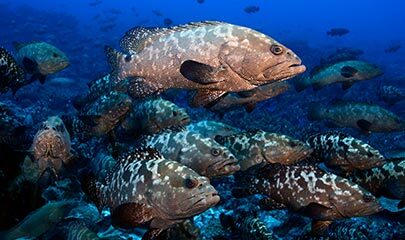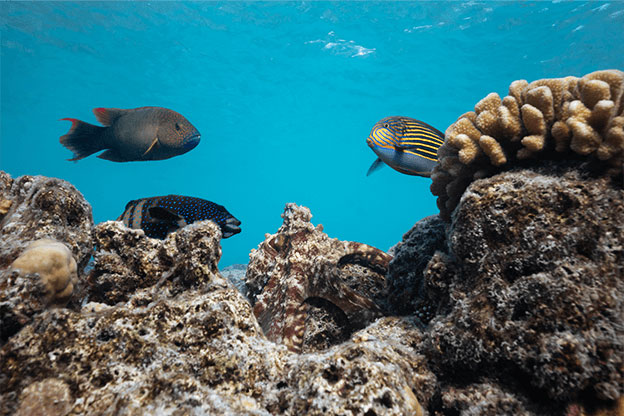Our islands. Our reefs. Our fish.
Will you help protect them?


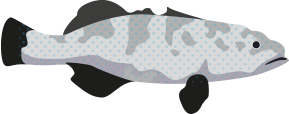
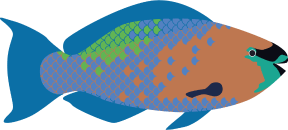
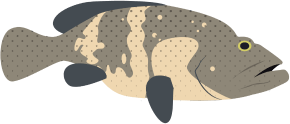
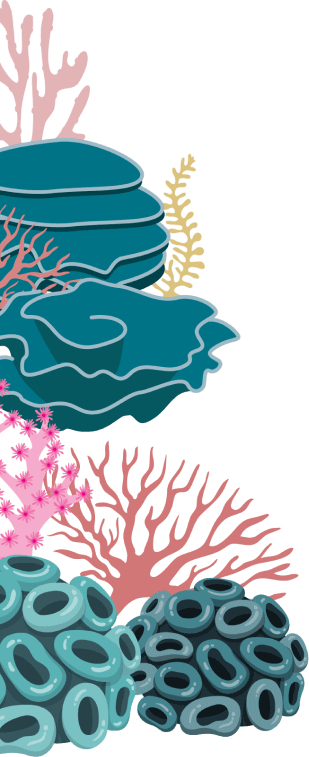

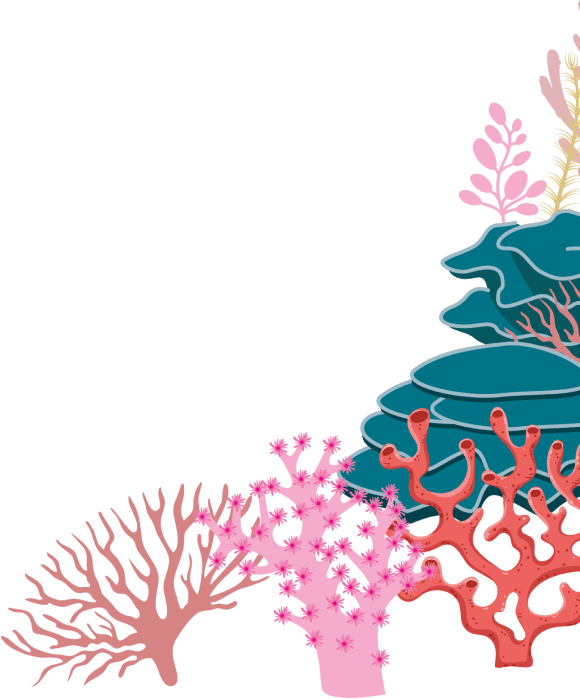
Will you help protect them?
Our reefs are our home. They protect us from the sea, they provide us with food and they bring us joy. We need to keep our reefs healthy so that they can continue to provide for us.
Fishing is in our culture but if we don’t fish in the right way then we may not be able to keep fishing for generations to come. By learning more about the species that live on our reefs and which ones are vulnerable to fishing, you can help protect our reefs so that we can all #FishForTomorrow.
You should not catch these species, because their populations can easily collapse and they play a crucial role in the reef ecosystem.
You should only catch these species if they have reached a certain size. Click on one to find out more.
We need to work together now to conserve our reefs for ourselves and for our economies that depend on them: fishing and tourism. You can make a difference by educating your friends and family on how to fish sustainably.
You can make a difference by educating your friends and family on what not to catch.
Show your support and spread the word. Add a #FishForTomorrow frame to your Facebook profile photo.
Add Facebook frameYou can also bookmark this page or add to your mobile home screen - that way you’ll always have easy access to this information when you need it.
Your reefs aren’t as resilient as you might think - if key species aren’t protected, the habitat for the food on your plate could disappear.
But by choosing not to catch the fish you’ve seen on this page, you can personally make a difference and help this ecosystem continue to thrive. Every time you decide to #FishForTomorrow, you’re helping preserve the unique Maldivan wayof life.
Think you know your fish? Test your knowledge with our fun quiz and share your score with friends.
Take the quizThousands of groupers come together when they breed. These natural spectacles are called spawning aggregations. Fishing on spawning aggregations drives populations down because groupers are not given the chance to breed successfully.
Blue Marine Foundation's Maldives Resilient Reefs Project aims to restore Maldivian reefs as climate-resilient ecosystems for the benefit of the people, the environment and the economies that depend on them.
You can follow us in these places:
We’re also campaigning to protect the seagrass meadows. Seagrass is vital to the low-lying island nation of the Maldives.
Learn more